As if on cue, an epic downpour welcomed participants to last week’s kick-off meeting for Decatur’s forthcoming Stormwater Master Plan, as nearly a hundred people turned out to discuss stormwater management, help identify problem areas throughout the city, and chart pathways to long-term solutions.
Launching the proceedings, a presentation by city staff and the AECOM-led consultant team helped set expectations for both the evening and the process overall. First order of business? What’s this process actually about?
As a planning initiative, said presenters, the stormwater effort is primarily focused on the future — long-term planning for the infrastructure, regulations, and other efforts needed to ensure Decatur’s ability to responsibly manage stormwater in the coming decades.
Nonetheless, consideration of the present must remain equally top of mind.
A balance of short-term priorities is needed, they noted, to acknowledge the on-the-ground issues many in the crowd came to discuss — from flooding occurring on their own property to stormwater issues on their street or around their neighborhood.
Understanding such issues, the team stressed, constitutes a large part of what they’re working to accomplish. Contrary to wanting to diminish such existing frustrations, presenters detailed how mapping problem areas, and finding associated patterns, was exactly the data needed to begin solving existing problems.
Follow-up discussions then dove into an array of topics, like opportunities for neighborhood cooperative efforts, general creek maintenance, and property specific drainage issues.
The Conversation Begins
Following a brief presentation on the city’s stormwater efforts to date, as well as various types of infrastructure approaches to be considered moving forward, the meeting transitioned to an open house format of various stations in which participants could talk one-on-one with city and consultant staff and provide ground-level insights into current performance issues emerging during heavy rains.
Among the most popular was the “Stormwater in my Neighborhood” station which allowed participants to identify existing problems by placing sticky-notes on a large format map. Such field research is exactly the data required at this stage in the process, as it helps the project team recognize cause/effect relationships and similar issues.
To ensure such insights are not limited to those who attended the meeting, an interactive wikimap has been created to collect additional input. All residents are encouraged to log in and identify problem sites.
Furthermore, residents can upload photo evidence as well. In the comments section below, describe the location and details associated with a submitted picture, then press the “Upload Images” icon in the bottom left hand corner of the comment field to choose your photo.
Next Steps
Beyond these opportunities to contribute online, our next opportunity to come out in person will be a walking tour in Oakhurst to review examples of both stormwater challenges and successful mitigation efforts. Stay tuned for more details but save the date now:
Thursday, October 18, 8-10am
Meet in Oakhurst Park or, in the event
of bad weather, at 2635 Talley Street
Until then, below are photos from the kick-off meeting.
![]()
Enter your address and we’ll email you whenever we post.

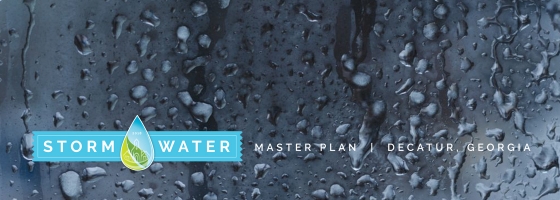
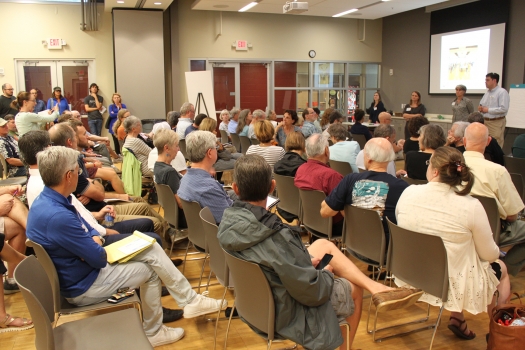
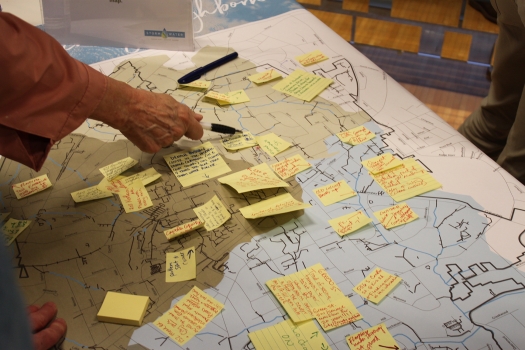
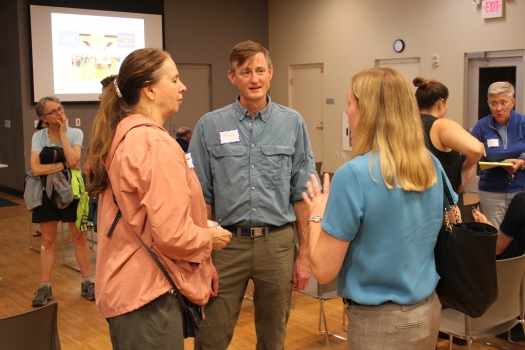
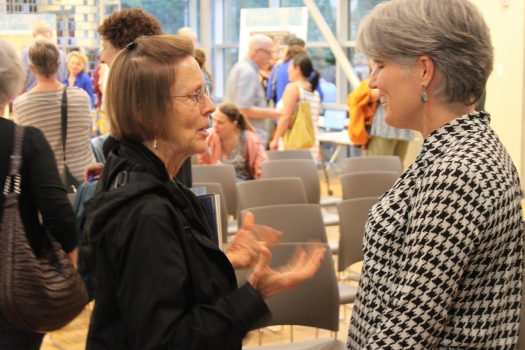
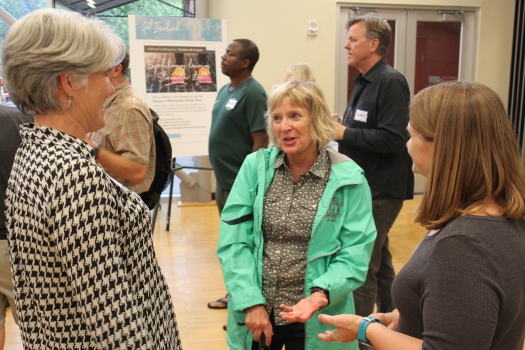
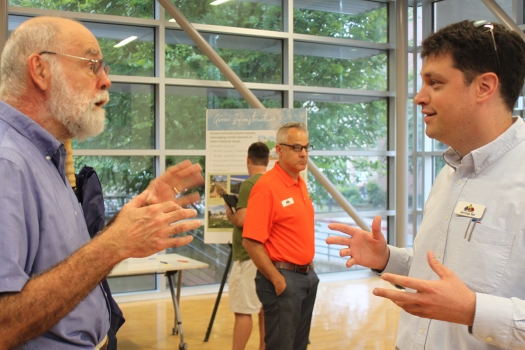
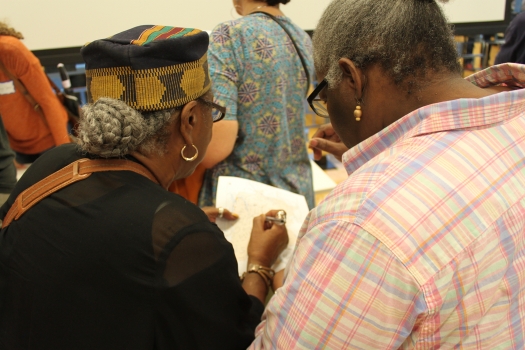
Please consider giving stormwater credit for trees when calculating water run off on hydrology calculation as part of land disturbance permit. This will discourage removing trees to build underground detention.
Separately, I have an excellent location for bioswale at Glenn Creek Nature Preserve that would positively impact much of the Glenn Creek (South Fork Peachtree Creek Tributary) watershed.
Recognizing trees as part of our community’s necessary green infrastructure is essential. Decatur’s stormwater management planning is timely as also coincides with the city’s reevaluation of the tree ordinance. Strengthening the
tree ordinance to preserve more of Decatur’s best trees and reducing mass grading is fundamental to effectively manage stormwater.
One of the most overlooked and underappreciated services of trees is their ability to reduce the volume of water rushing through gutters and pipes following a storm. Through the collective action of leaves and the anchoring and absorbing effects of roots, trees also contribute to soil stabilization, cleaner water and the recharge of groundwater that serves as drinking water supply. Trees play a role in stormwater retention and the resulting benefits to public health and municipal budgets. —Arbor Day Foundation
Maintaining green infrastructure and reducing impermeable surfaces is probably the most cost-effective way of dealing with stormwater issues.
Thank you for looking at the connection between the demise of the tree canopy and increased storm water runoff. I have lived in Oakhurst for 32 years. My property on Third Ave has always been the low point. But in the last five years, trees have been removed at an alarming rate and replaced with extremely large homes, taking up nearly all of the larger yards this neighborhood was known for. Now my property is no longer simply the drain…it is completely flooded with the front garden submerged whenever we get a hard or continual rain. This is after I spent $2000 installing drainage. It cannot keep up with the huge developments around me. I have the most land and therefore am deluged.